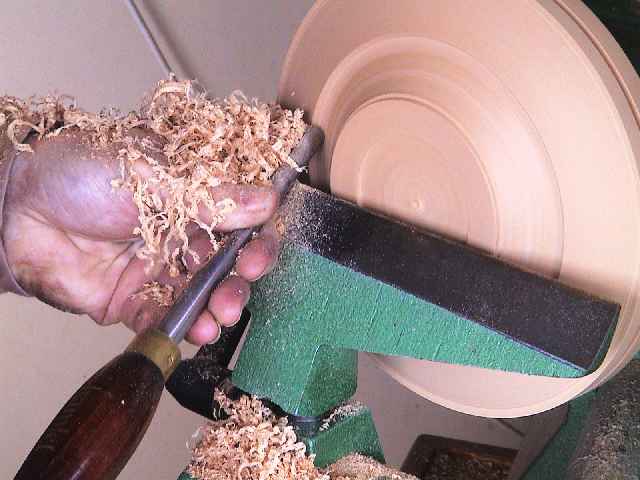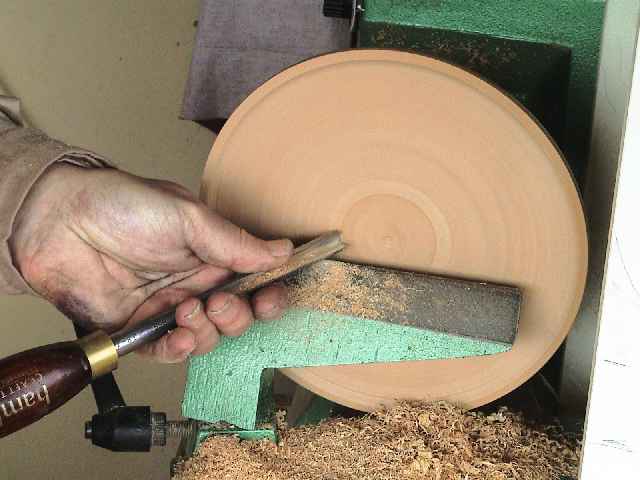agenthank
Member
hi,
i would like to know which part of the cutting edge you use to turn bowls?
as i have tried in the past, but it keeps snagging the wood and ripping it out?
i haver watched many video clips, but people do it different ways?
what am i doing wrong?
i have got a bowl gouge and its correctly fitted in the lathe,
so any suggestions?
thanks, agenthank!
i would like to know which part of the cutting edge you use to turn bowls?
as i have tried in the past, but it keeps snagging the wood and ripping it out?
i haver watched many video clips, but people do it different ways?
what am i doing wrong?
i have got a bowl gouge and its correctly fitted in the lathe,
so any suggestions?
thanks, agenthank!






